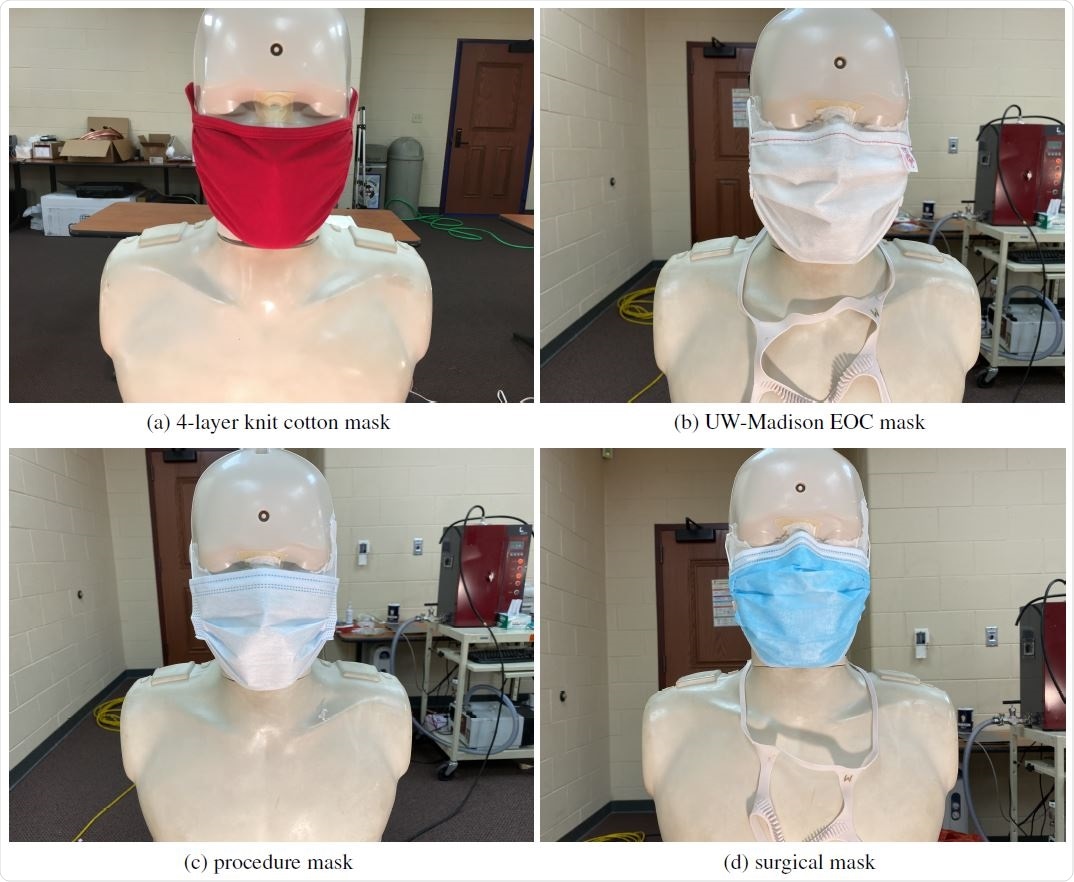September 16, 2010 — Patients who have both coronary heart disease (CHD) and depression have a significantly higher risk of dying than patients who have just 1 of these conditions, according to new research published online September 16 in
Heart.
Compared with patients without depression and CHD, the risk for all-cause mortality was 3 times higher, and the risk for cardiovascular disease mortality 4 times higher, in patients who had both, after adjusting for age and sex, report Hermann Nabi, MD, from Hôpital Paul-Brousse, Villejuif, Paris, France, and colleagues.
"This study provides further evidence that the relationship between depression and morbidity–mortality is real," Dr. Nabi told
Medscape Medical News.
Depression and mortality have been studied separately in patients with CHD and in healthy patients, but this does not allow comparisons across risk-factor groups according to depression and CHD status.
In the study, Dr. Nabi and his team examined the effects of both on mortality in 5936 middle-aged men and women whose mental and physical health were followed-up for a mean of 5.6 years.
The study population was part of the Whitehall II cohort study, a longitudinal study established in 1985 to examine the effect of social and economic factors on the long-term health of 10,308 civil servants who were aged between 35 and 55 years at the start of the study.
Of the 5936 individuals, 170 died during follow-up; 47 of those deaths were from cardiovascular disease.
The analysis showed that the prevalence of depression was 14.9%, and participants with a history of CHD were more likely to have depressive symptoms (20% vs 14%;
P = .001) than those without CHD.
The age- and sex-adjusted hazard ratios for all-cause mortality were 1.67 (
P < .05) for participants with CHD only, 2.10 (
P < .001) for those with depressive symptoms only, and 4.99 (
P < .001) for those with both CHD and depressive symptoms compared with participants who were free of both conditions.
Need for a More Integrated Approach
The study findings have implications for research and clinical practice, Dr. Nabi said.
"For research, this study shows that the mechanisms underlying the association between depression and adverse health outcomes such as mortality are still in need of comprehensive studies."
For clinical practice, it implies the need for a more integrated approach in the healthcare system and a shift toward a more "mind–body medicine' approach.
An important step would be to identify cardiac patients who also have depression, he said.
"In this study, the depression worsened heart disease, because we observed that participants with both depression and heart disease were at increased risk for death when compared with those with heart disease only. So we should identify those cardiac patients who have clinically significant depressive symptoms."
Dr. Nabi expressed the wish that his study findings will prompt clinicians to be aware of and look for depression in their patients with heart disease.
"Even though there is no consensus at the moment, healthcare professionals should screen and treat, or refer to treatment. Simple screening tools exist, and [clinicians] should refer their depressed patients, particularly if an adequate referral for systematic depression assessment and treatment is readily available."
He also discussed some limitations of the study.
"This study is based on a cohort of civil servants and did not include blue-collar workers, unemployed, or individuals with precarious jobs. This may have underestimated the magnitude of associations observed in our study because of the prevalence of depression and the mortality rate is higher in these latter individuals. Thus, it is reasonable to assume that the effect of depression would be greater in studies including various populations."
Randomized Trial Required
"This paper is adding to a literature that is imperfect. It makes you feel more confident about the literature," Alexander H. Glassman, MD, chief of clinical psychopharmacology at New York State Psychiatric Institute and professor of psychiatry at Columbia University, New York City, commented to
Medscape Medical News.
"There are literally a hundred, maybe more, studies indicating that depression and heart disease are related," Dr. Glassman, who was not part of the current study, noted. "There are a handful of studies that do not find a relationship, but they are vastly outnumbered by the ones that have found a relationship."
However, he pointed out, just because there is an association that does not mean one condition causes the other. The way to prove cause would be with a randomized controlled trial.
"It's very easy to think depression is increasing the risk or is a cause of subsequent heart disease. And let me say, I think it is," said Dr. Glassman, who led the placebo-controlled Sertraline Antidepressant Heart Attack Randomized Trial (SADHART), as reported by
Medscape Medical News.
SADHART found that patients hospitalized for acute coronary syndrome who also have major depression are twice as likely to die within 7 years if their depression did not significantly improve.
"The best way to know for sure would be to do a randomized trial on the treatment for depression with a placebo control. If you reduced the depression and those people with an antidepressant effect had a lower mortality, then you would have unequivocal evidence that depression is causing death, because by getting rid of it, you reduce the chance of dying."
The study was funded by the Medical Research Council, British Heart Foundation, Health and Safety Executive, Department of Health, National Heart Lung and Blood Institute, National Institute on Aging, Agency for Health Care Policy Research, and John D. and Catherine T. MacArthur Foundation Research Networks on Successful Midlife Development and Socio-economic Status and Health. Dr. Nabi has disclosed no relevant financial relationships. Dr. Glassman reports financial relationships with Pfizer Inc.
Heart. Published online September 16, 2010.



















